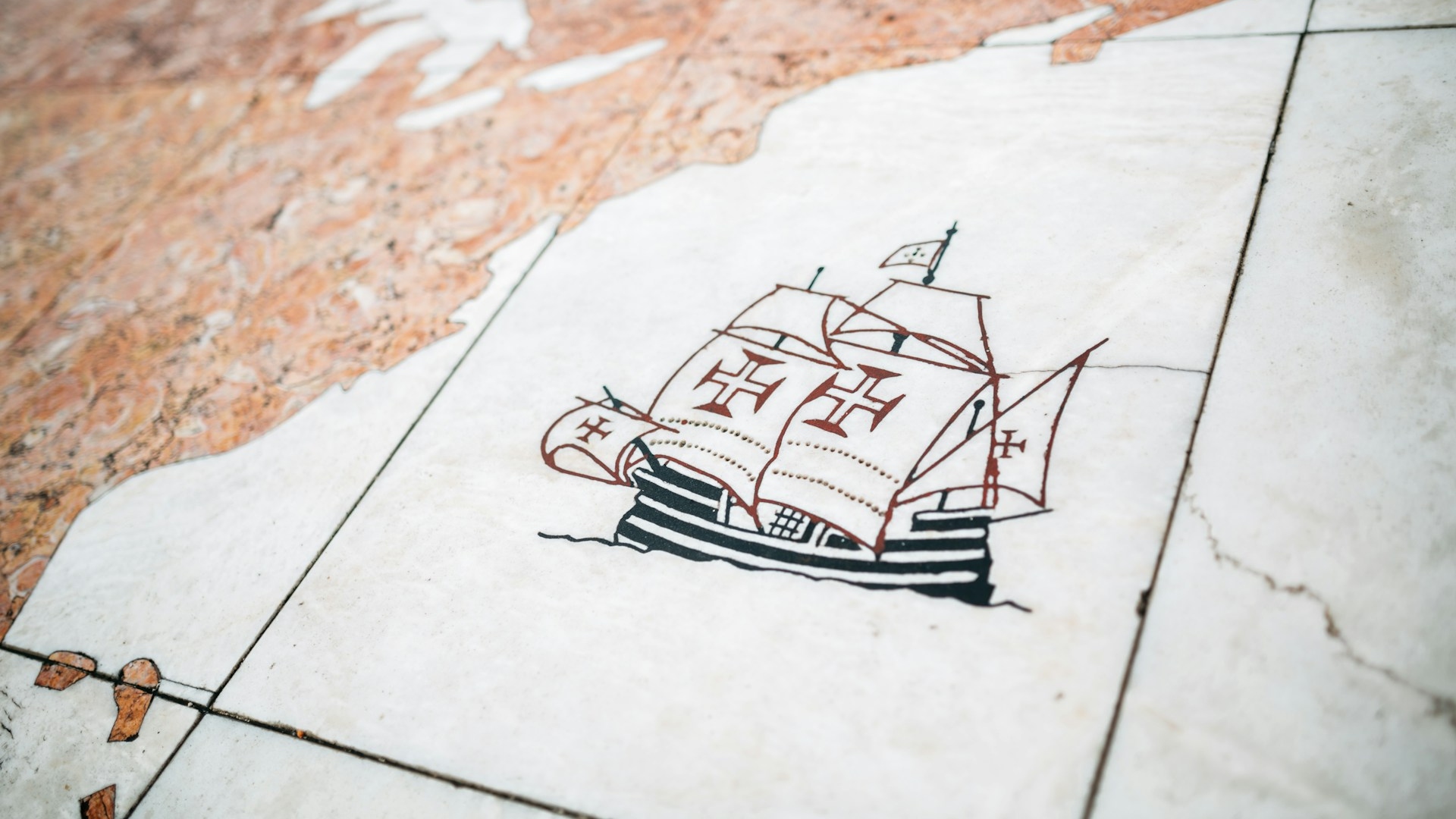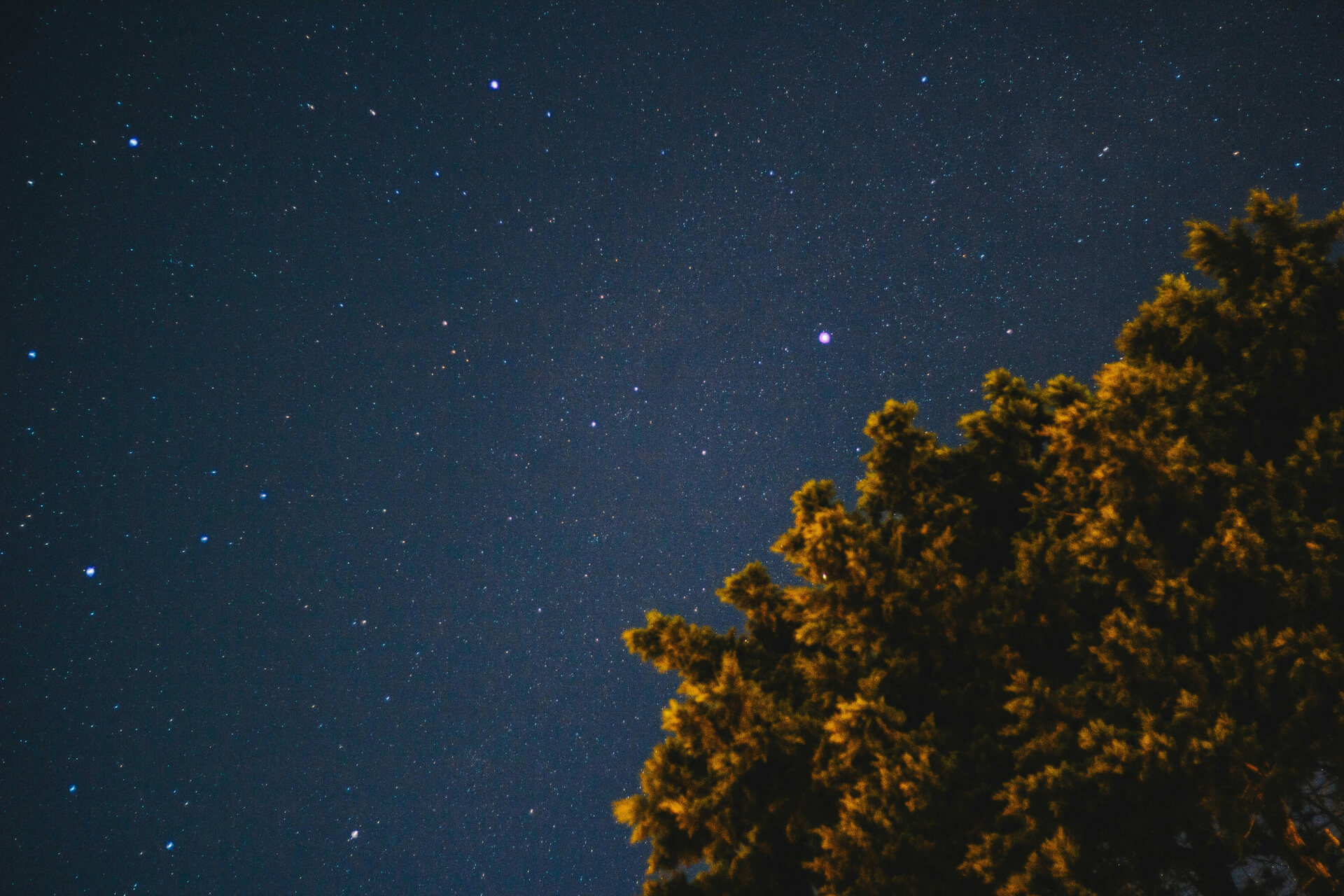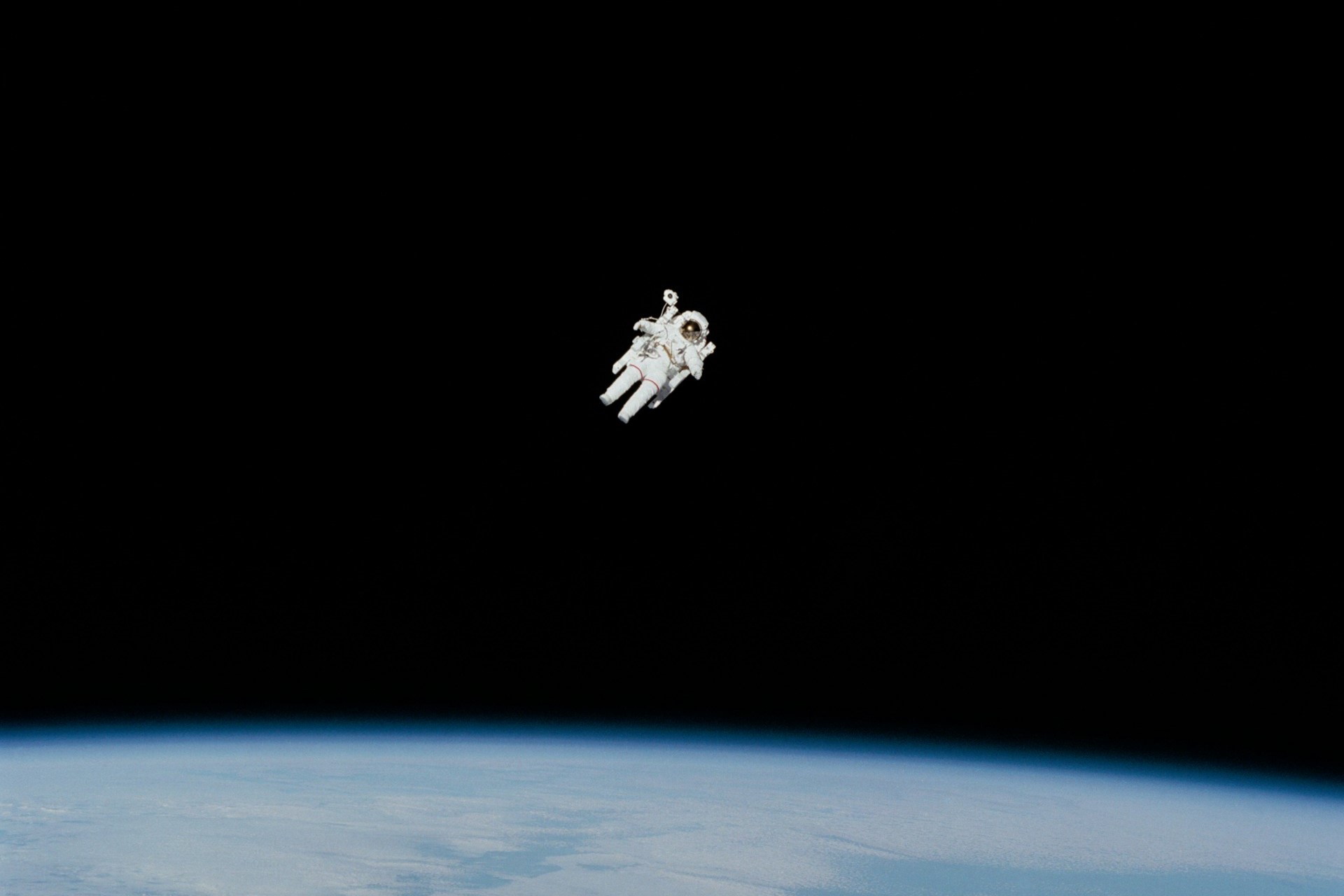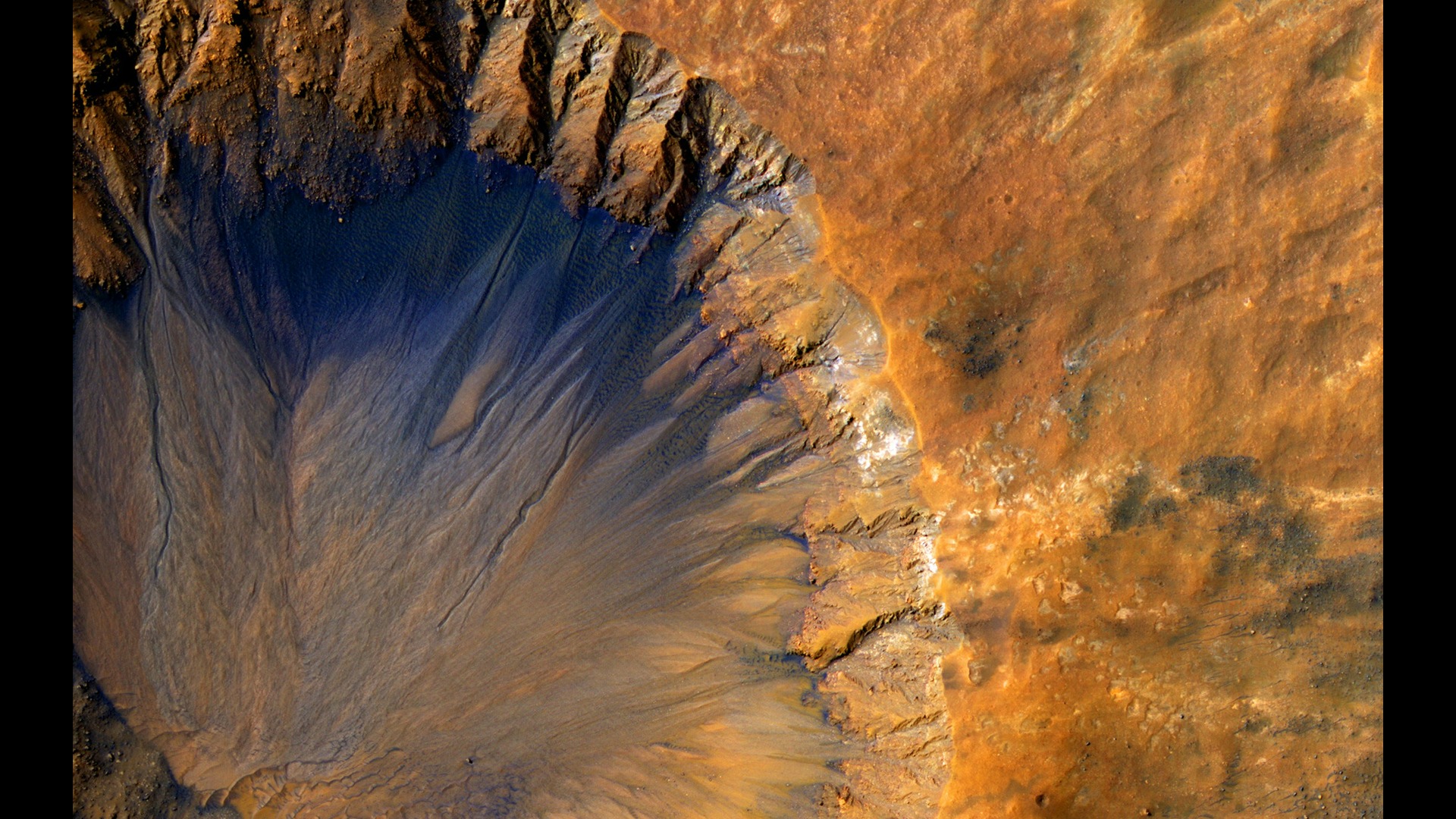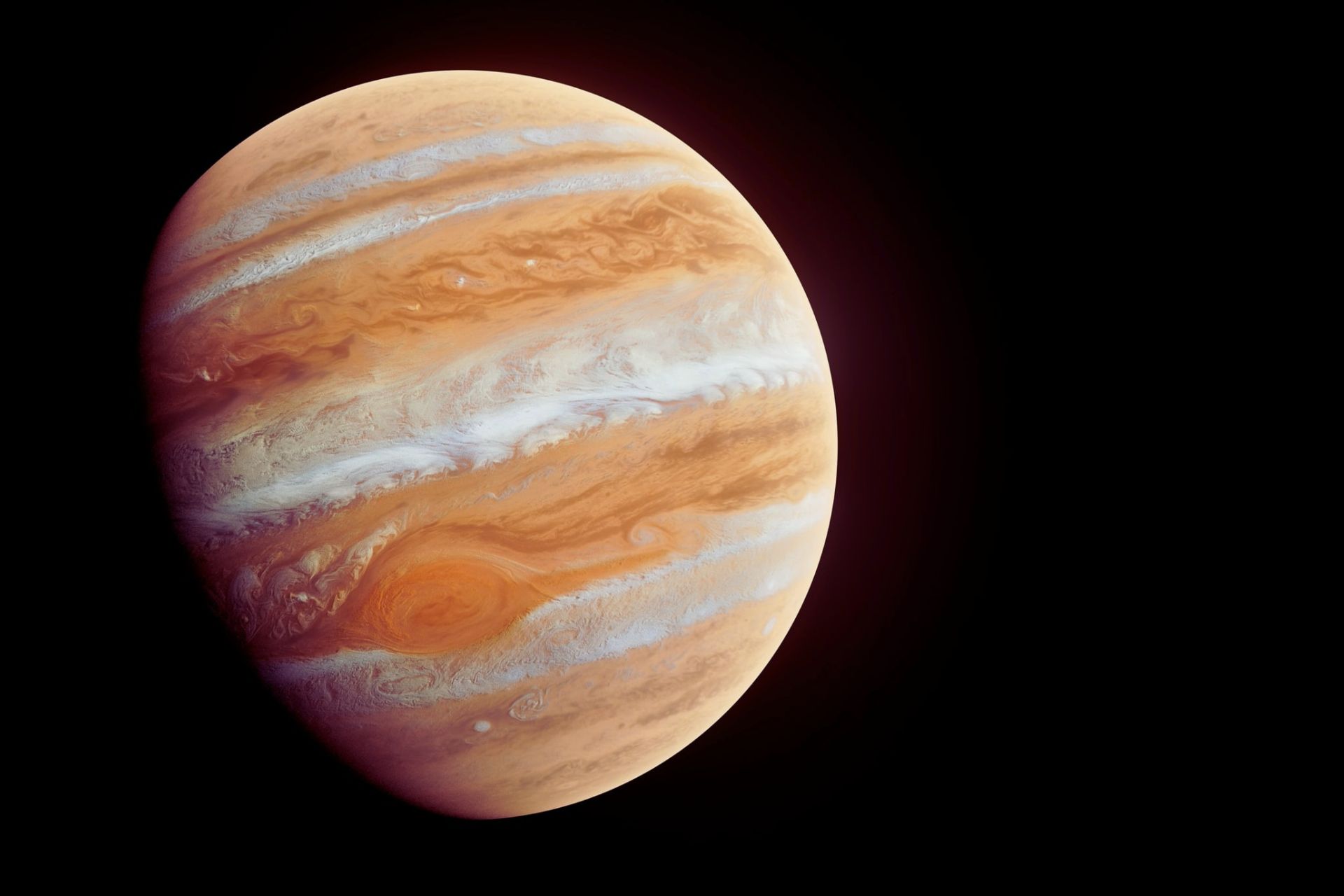
Jupiter’s Moons: The Most Exciting Corner of the Solar System
May 18, 2022 - Emily Newton
Revolutionized is reader-supported. When you buy through links on our site, we may earn an affiliate commission. Learn more here.
Jupiter’s moons are among the most incredible celestial objects in the entire solar system. In fact, they may even contain alien life. From a boiling volcano world to a freezing ocean world, the moons of Jupiter have attracted attention from astronomers and science fiction writers alike for centuries. Humans can’t travel there just yet. However, scientists have collected a stockpile of fascinating information about Jupiter’s moons that paints an exciting picture.
Jupiter’s Crowded Neighborhood
Jupiter is the largest planet in the solar system. Its volume is about 11 times the size of Earth, with a gravitational pull over 2 times stronger than Earth’s. It should come as no surprise that Jupiter has far more moons orbiting it than the lone one we have on Earth. Scientists have identified a total of 79 moons orbiting Jupiter, from desolate space rocks to worlds larger than Mercury. The only planet with more moons than Jupiter is its slightly smaller neighbor, Saturn, with 83 moons.
Since Jupiter is a gas giant, it doesn’t have a real surface that we could walk on. It is one of the four gas giants, located over 527 million miles away from Earth. The other gas giants have interesting moons, as well – namely Saturn’s largest moon, Titan, which is a candidate for methane-based alien life. However, Jupiter remains unique even compared to planets with moons like Titan.
What is particularly interesting about this corner of the solar system is that Jupiter and its moons are like a micro solar system of their own. The four largest of Jupiter’s moons, described below, orbit Jupiter much like the planets orbit the Sun. In fact, Europa, the most likely moon to contain life, is even in its own “Goldilocks zone” in orbit around Jupiter – not too close or too far away for life to form. By comparison, Earth is in this position relative to the Sun. Venus is closer to the Sun and too hot for life while Mars is further from the Sun and too cold for life. Relative to Jupiter, Io and Ganymede would be Venus and Mars, respectively.
The Galilean Moons
While Jupiter has 79 moons total, there are four that are interesting to astronomers and explorers. These are the four largest moons of Jupiter, known as the Galilean moons. They are named after the astronomer Galileo Galilei. Galileo discovered them on January 7, 1610, using a homemade telescope. Galileo’s rudimentary telescope could have only shown him bright spots of light, nothing like the incredible photos we now have of the surfaces of Jupiter’s moons. These four worlds are as unique as they are fascinating and continue to captivate scientists for good reason.
Io: Volcanic Hotspot
The closest Galilean moon to Jupiter is Io. It is also by far the least hospitable of the four moons. Io is the most volcanically active world in the entire solar system. The lava fountains from its volcanoes can be miles high. The surface is constantly being reshaped by volcanic activity. If it were possible to stand on Io’s surface, we would see a wasteland of lava lakes and vicious volcanoes under a very thin sulfur dioxide atmosphere.
Io is a bit like an “evil twin” of Earth’s moon. The two moons are almost the same size and the nearest moon to the planet they orbit. While Io is a firestorm of lava and volcanoes, though, the Moon is a cold, quiet desert of sandy gray mountains. Io’s rocky surface is a yellow-green color that is caused by all the sulfurous materials coating it.
Of all the Galilean moons, Io is the least likely candidate to harbor alien life. While it’s not strictly impossible, there are some clear factors that make alien life on Io unlikely. The volcanic surface would not be friendly to any kind of life, especially not life as we know it. There is a distinct lack of oxygen, water, and carbon on Io, all of which are crucial to organic life as we know it on Earth. Additionally, Io is so close to Jupiter that its surface is bombarded with 3,600 rems of radiation every day, which is far, far more than any human could withstand.
Europa: A Haven for Life?
The second Galilean moon and by far the most fascinating is Europa. For decades now, scientists have considered Europa the most likely candidate for alien life in our solar system. It is highly likely that our first contact with alien life will be in the oceans of Europa. This may sound like something out of science fiction, but it is heavily rooted in science fact.
Europa has a thick, icy surface broken up by characteristic double ridges webbing over the planet. Scientists have evidence that suggests a massive liquid water ocean exists below this layer of ice. If this is the case, there is a possibility that some form of life is thriving in Europa’s dark oceans. Scientists and astrobiologists believe that alien life on Europa, if it was anything more than microbial, would be something like the strange animals found in the deepest parts of Earth’s oceans. There would be little to no light in Europa’s oceans since the entire surface is covered in ice. However, the ice protects the ocean beneath from Jupiter’s intense radiation, which would be critical for any life inhabiting this moon.
Water isn’t the only ingredient for life on Europa, though. There may not be any sunlight in Europa’s oceans, but life deep in our oceans already proves that sunlight isn’t a must-have. Hydrothermal vents could provide heat, energy, and nutrients below the surface. Even the icy surface itself could help support life due to the way oxygen in water ice responds to radiation like Europa receives from Jupiter.
Exploring Europa
Of course, these are all theories at best for the time being. They may not stay that way for long, though. In 2024, NASA is launching an ambitious mission to Europa, a probe called Europa Clipper, which will enter Europa’s orbit in 2030. Europa Clipper will completely transform our understanding of Jupiter’s most fascinating moon.
It will record detailed surface maps and complete chemical and mineral analyses, which will almost certainly determine whether or not there is likely life thriving in Europa’s oceans. In fact, Europa Clipper even has an ice-penetrating radar that will tell us more about what’s beneath the icy surface. This will be the first NASA mission dedicated solely to exploring a moon, with the exception of Earth’s moon.
Ganymede: The Magnet Moon
The third Galilean moon and the largest moon in the solar system is Ganymede, which is even larger than the planet Mercury! Ganymede likely has a thin oxygen atmosphere and a surface of icy rock. A single day on Ganymede would be over a week long in Earth days.
Interestingly, Ganymede is the only moon known to have a magnetic field, which creates auroras around its poles like those we see on Earth. Ganymede is giving Europa some competition in the search for alien life, too – scientists have evidence to suggest that Ganymede also has a subsurface saltwater ocean. In fact, it was the auroras that hinted at this possibility. In 2015, astronomers used the Hubble Space Telescope to observe the strange rocking motions of the auroras caused by Ganymede’s magnetic field interacting with Jupiter’s. The motion of the auroras indicates that there is a third force acting on them – liquid water beneath Ganymede’s crust.
Ganymede’s ocean is much further from the surface than Europa’s is, though. Scientists estimate that the crust surrounding it is 95 miles thick, compared to Europa’s relatively thin ice crust of only about 10 to 15 miles. To put this in perspective, the deepest humans have ever dug into our surface is 7.67 miles. So, it will be much more difficult for us to investigate any ocean on Ganymede compared to Europa.
Callisto: Crater Wasteland
The fourth and final Galilean moon is Callisto, home to one of the oldest unchanged landscapes in the solar system. It is the second-largest moon of Jupiter and the third-largest moon in the solar system, behind Ganymede and Titan, Saturn’s largest moon. Yet again, this Galilean moon may also have a liquid water ocean buried beneath its crust!
Callisto is more mysterious than the rest of Jupiter’s moons. In fact, for a long time, scientists thought it was a completely dead world, with no remaining geological activity. The lack of geological activity means that the surface has remained unchanged for potentially millions of years, the complete opposite of Io. Callisto is the most heavily-cratered body in the solar system. Its surface is rock and ice, with a very thin atmosphere of carbon dioxide, hydrogen, and oxygen. Interestingly, the Galileo spacecraft also detected evidence of carbon dioxide on Callisto’s surface.
If there is a liquid water ocean buried deep beneath Callisto’s surface, the water could be interacting with Callisto’s rocky crust, creating the possibility for life. However, it remains unclear whether or not Callisto’s sub-surface ocean is frozen. Luckily, the world’s space exploration community is working toward exploring Callisto, as well. A team of scientists from the European Space Agency along with Japan and the US have a probe mission planned to launch in 2023 that will take a closer look at Callisto. The mission, Jupiter Icy Moon Explorer Ganymede Orbiter or “JUICE”, will enter orbit around Ganymede in 2034 and collect data on Jupiter and all four of the Galilean moons.
Will Humans Ever Visit Jupiter’s Moons?
It is extremely likely that human explorers will visit the moons of Jupiter in person one day. However, this would be an extremely complex mission and likely won’t occur for decades to come. There are several major challenges that scientists will have to face in order to make a mission like this possible.
One of the main problems with exploring Jupiter’s moons is the travel time to get to Jupiter. The probes mentioned above all have travel estimates of almost a decade to get from Earth to Jupiter. Astronauts would have to live in a small, enclosed space with the same small group of people for ten years just to get to Jupiter, plus another ten to come back. One round trip mission to Jupiter’s moons would essentially be a lifetime for the explorers on board. In comparison, modern spacecraft can carry humans to Mars in an estimated 9 months, with SpaceX even claiming its Starship could make the trip in as little as 6 months.
So, the harsh reality is that any human explorers who traveled to Jupiter’s moons might be there to stay for the long haul. We would need a compelling reason to pursue a mission like this, but signs of life on any of the Galilean moons would almost certainly do the trick.
The Incredible World of Jupiter
Jupiter is one of the most fascinating celestial bodies in our solar system. No other planet has so many interesting moons all in one place. The Galilean moons continue to capture the imaginations of scientists and fiction writers alike. In the second half of the century, when explorers reach out past the asteroid belt to the depths of our solar system, the moons of Jupiter will almost certainly be their first stop.
In the 2030s, we will get our first up-close glimpses of what lies beneath the mysterious surfaces of the Galilean moons – possibly even including our first glimpses of our alien neighbors in the Jovian system.
Revolutionized is reader-supported. When you buy through links on our site, we may earn an affiliate commission. Learn more here.
Author
Emily Newton
Emily Newton is a technology and industrial journalist and the Editor in Chief of Revolutionized. She manages the sites publishing schedule, SEO optimization and content strategy. Emily enjoys writing and researching articles about how technology is changing every industry. When she isn't working, Emily enjoys playing video games or curling up with a good book.
